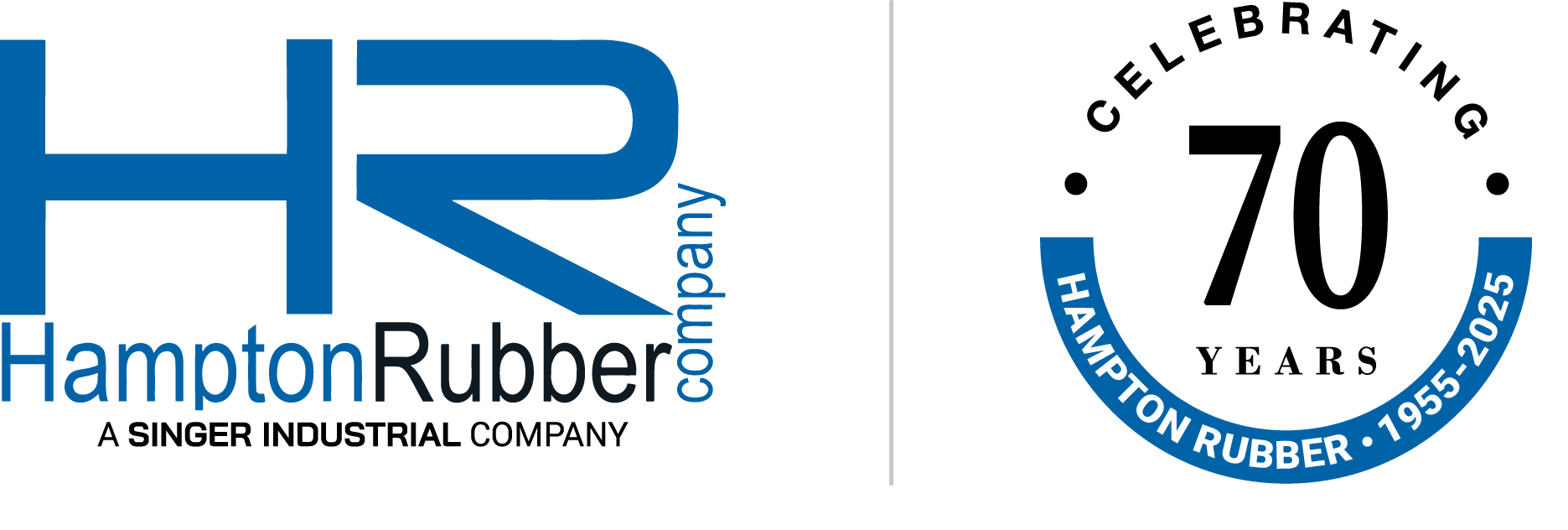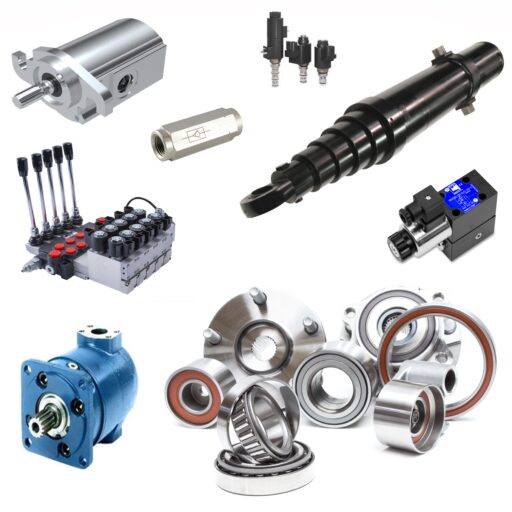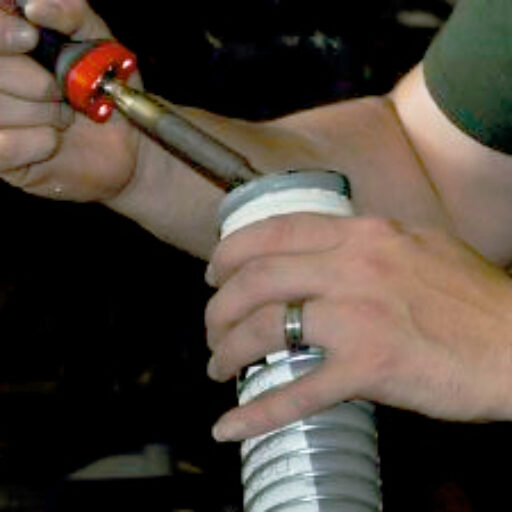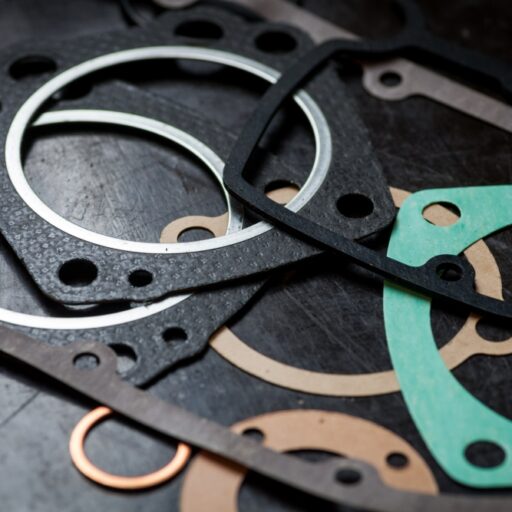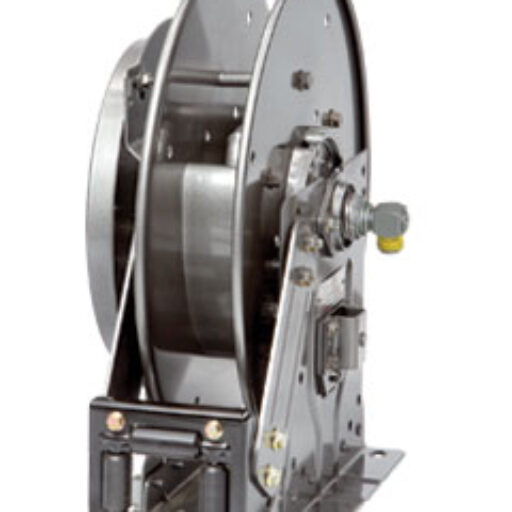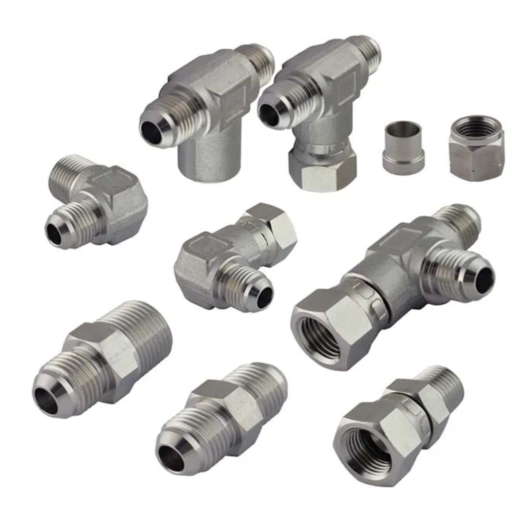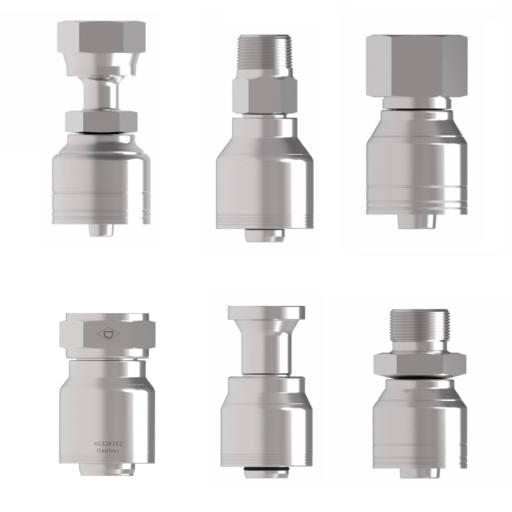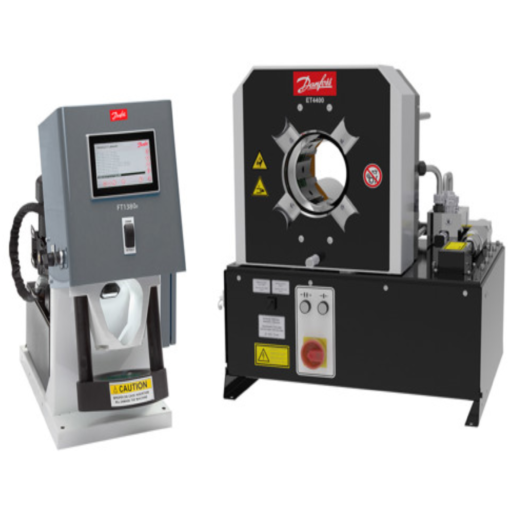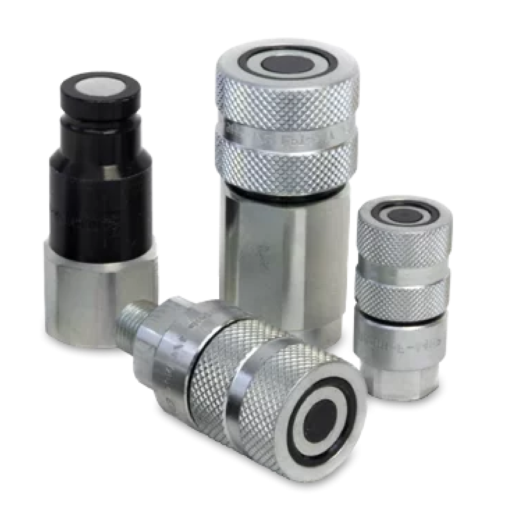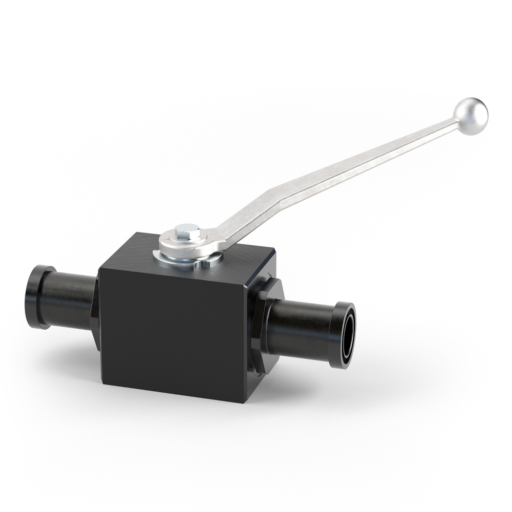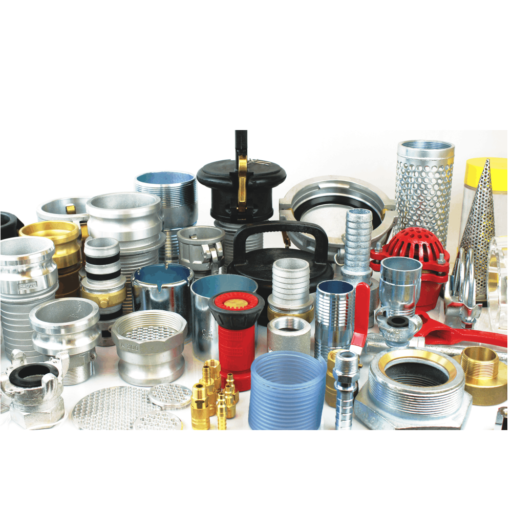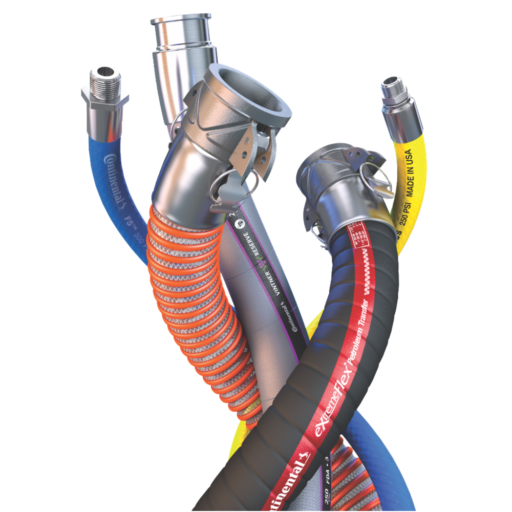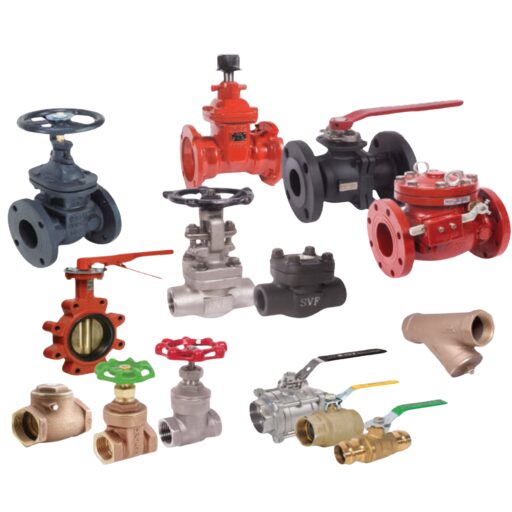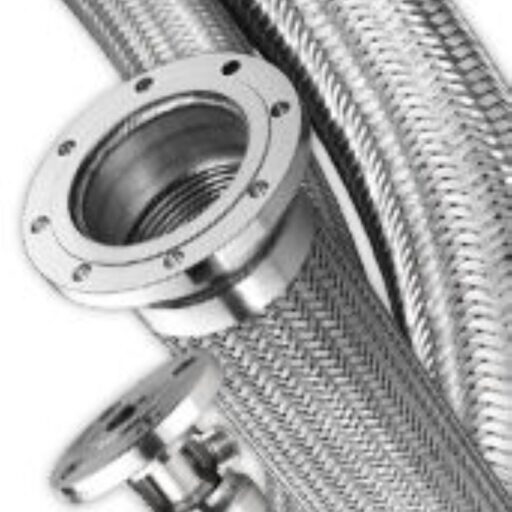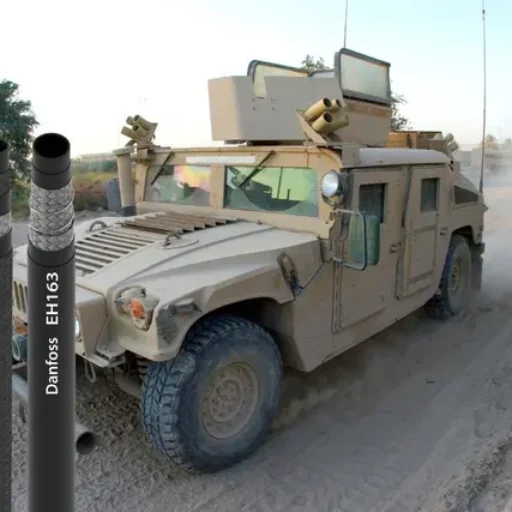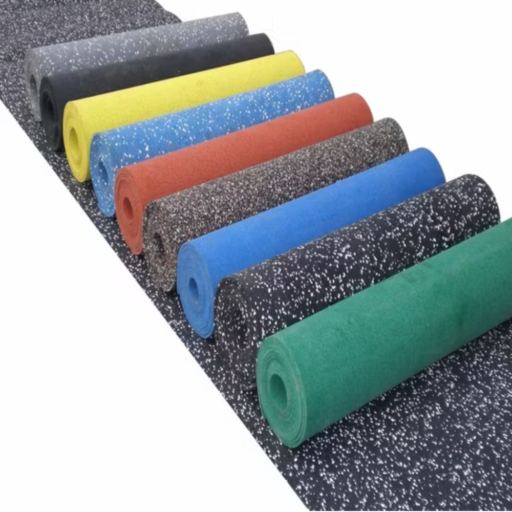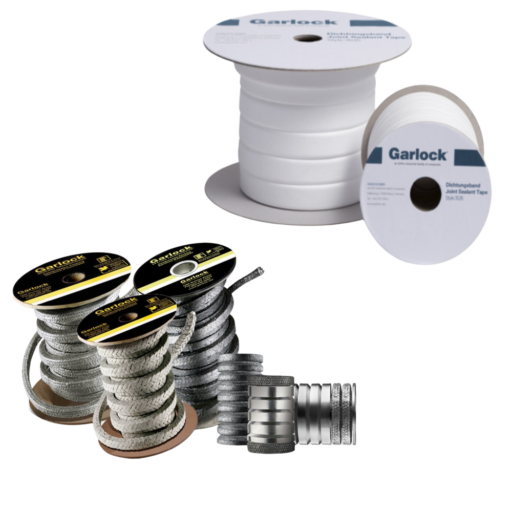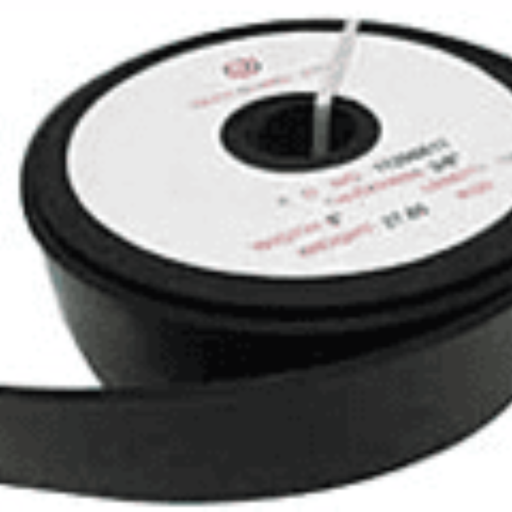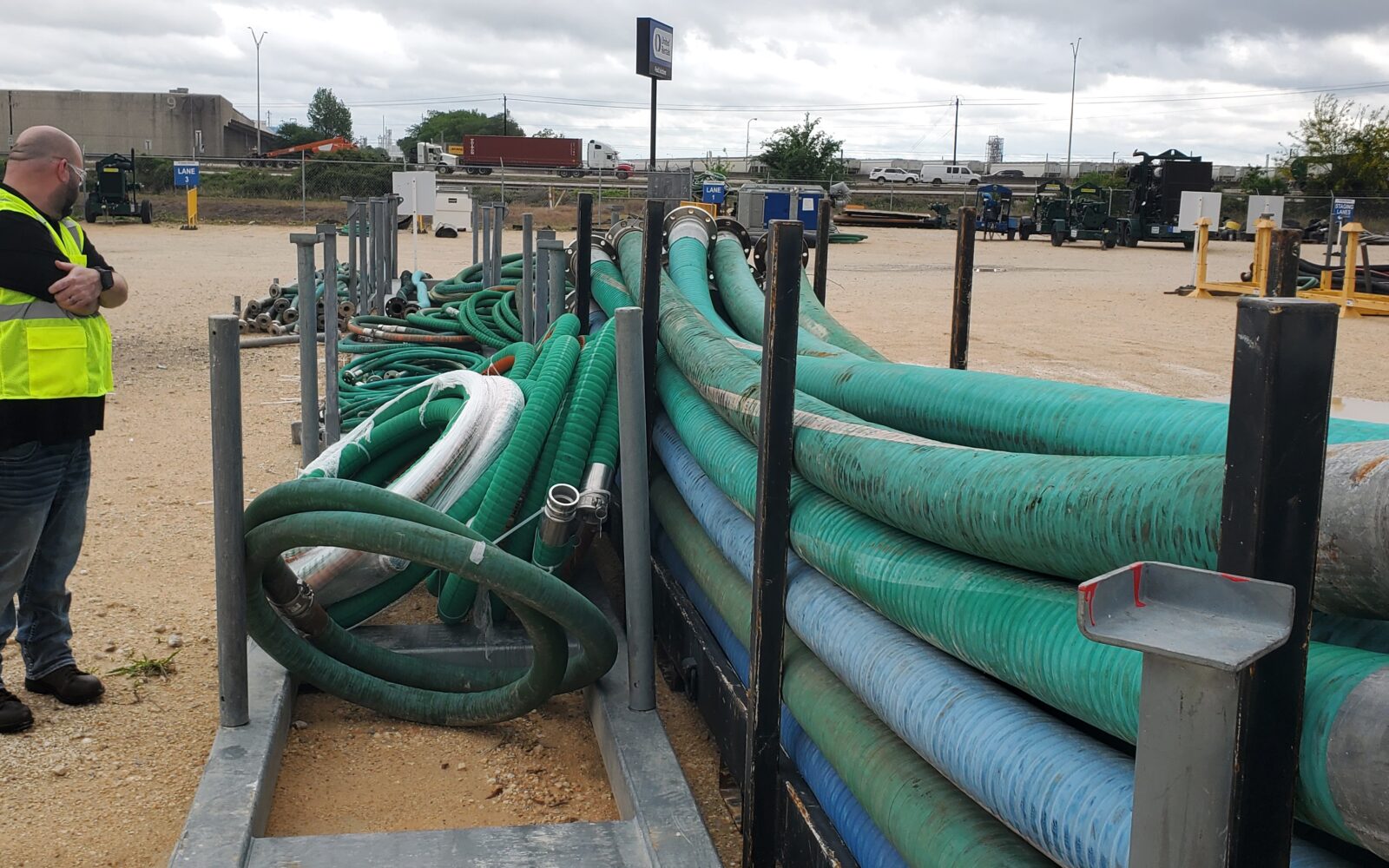Proper hose selection, installation, and maintenance are critical for ensuring safety, efficiency, and longevity in industrial and hydraulic systems. One of the most important factors in hose performance is minimum bend radius, which determines how tightly a hose can be bent without causing damage, kinking, or restricting flow.
What is Minimum Bend Radius & Why Does It Matter?
The minimum bend radius is the smallest curve a hose can be bent without failure. Bending a hose beyond its recommended limit can result in:
❌ Restricted Flow – Kinking reduces efficiency and increases pressure buildup, leading to performance issues.
❌ Structural Weakening – Excessive bending damages reinforcement layers, shortening the hose’s lifespan.
❌ Leaks & Ruptures – Over time, improper bending causes hazardous failures, creating safety risks and unplanned downtime.
Factors That Affect Minimum Bend Radius
🔹 Material Type – Rubber hoses tend to be more flexible, while metal and thermoplastic hoses require larger bend radii.
🔹 Reinforcement Layers – The type of reinforcement affects flexibility; braided hoses are typically more flexible than spiral-wound hoses.
🔹 Temperature Conditions – Heat softens hoses, while cold temperatures cause stiffness, affecting bendability.
🔹 Pressure Rating – Higher-pressure hoses require a larger bend radius to prevent failure under stress.
Best Practices for Proper Hose Installation
✔ Use the Largest Possible Bend Radius – Avoid forcing tight curves; let hoses follow a natural bend.
✔ Avoid Sharp Bends Near Fittings – Keep at least 18 inches of straight hose before any bends to reduce stress on the connection.
✔ Use Hose Supports & Clamps – Prevent sagging and excessive bending by securing hoses properly.
✔ Factor in Temperature & Pressure – Choose hoses rated for your specific operating environment.
✔ Inspect Hoses Regularly – Check for cracks, leaks, or signs of stress before a failure occurs.
Maximizing Hose Lifespan – Care, Maintenance & Storage
Keeping your hoses in top condition is essential for safety, efficiency, and cost savings. Proper care and maintenance extend hose life, prevent failures, and reduce downtime.
How to Extend the Life of Your Hose
✔ Avoid Excessive Bending – Sharp bends weaken the hose structure, leading to premature wear.
✔ Manage Temperature Exposure – Ensure the hose is rated for both the fluid it carries and the surrounding environment.
✔ Control Pressure Surges – Open and close valves gradually to prevent sudden spikes in pressure.
✔ Verify Chemical Compatibility – Using an incompatible hose material can lead to chemical degradation and failure.
✔ Protect from UV & Weather Exposure – Sunlight and moisture break down hose materials over time—proper protection is key.
Best Practices for Hose Storage
✔ Store in a Cool, Dry Place – Avoid direct sunlight and extreme temperatures to prevent material degradation.
✔ Use FIFO Rotation – Follow First In, First Out to ensure older hoses don’t sit unused for too long, preventing premature deterioration.
✔ Cap Hose Ends When Not in Use – This keeps out dirt, dust, and contaminants, which can damage internal hose linings.
Why Regular Inspections Matter
Routine inspections are essential to maintaining hose performance and safety. Regularly check for:
✔ Signs of Wear & Tear – Cracks, leaks, bulging, or excessive softness/stiffness.
✔ Secure Fittings – Ensure all connections are tight and corrosion-free.
✔ Early Damage Detection – Replacing a worn hose before failure saves money and prevents unexpected downtime.
Need a Hose Management Plan?
Managing hose maintenance doesn’t have to be a challenge. Hampton Rubber offers customized hose management programs, helping businesses:
✔ Track maintenance schedules
✔ Extend hose lifespan
✔ Prevent unexpected failures
📞 Contact Hampton Rubber today to learn more about our hose maintenance solutions and expert industrial hose services!
